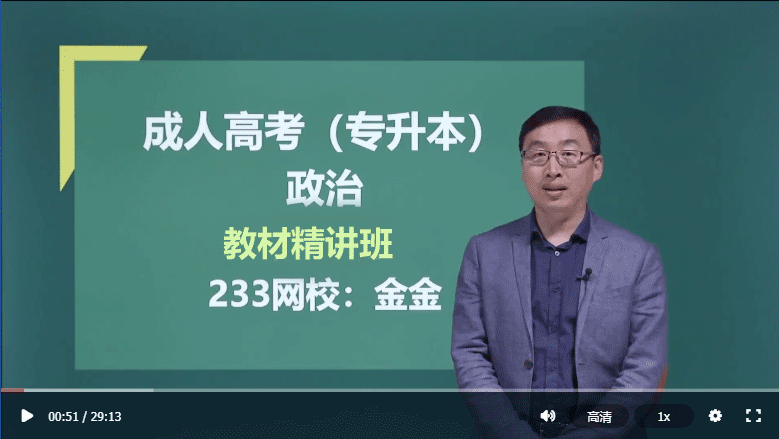四、阅读理解(共15小题;每题3分,共45分。) 阅读下列短文,然后根据短文的内容从每小题的四个选择项中选出最佳的一项。
Hundreds of thousands of young children are being given mobiles (移动电话)by their parents against official health advice. One in nine five-to-nine-year olds has a mobile. This will rise to one in five in a year or two, making this the fastest growing group of mobile users.
A report on mobile safety says that while it is not sure whether they hurt users, children should not be allowed to use mobiles as much as grown-ups. This is because their brains are still developing and their bones are thinner, making it easier for mobile phone radio waves to pass through them.
Mobile phone companies say they do not aim at under-16s, although some of their mobiles are designed to interest younger children.
Many of the mobiles are paid for as a safety measure so that the child can always call a parent when necessary. However,when children see that their friends have a mobile, it can become popular among them.
Professor Colin at Oxford University, who studies mobile phone radio waves, told BBC News: "It´s new technology( 技术) and the science is still developing. We have to be very careful about children--if there are any effects they would hurt young children more than grown-ups. " He suggested that children should be encouraged to use text messages rather than spoken conversations, as this would reduce the amount of radio waves greatly.
第36题单选 Which age group of mobile users is increasing fastest?
A.From 1 to 5.
B.From 5 to 9.
C.From 9 to 16.
D.Above 16.
第37题单选 What do mobile phone companies say about their business?
A.They make mobiles for those over 16.
B.They don't serve those who are under 16.
C.Their designers know the brains of children users.
D.Younger children are more interested in their mobiles.
第38题单选 According to Professor Colin,which of the following is TRUE?
A.Reducing radio waves is a hard task for scientists.
B.Children should not be allowed to use mobiles.
C.Scientists usually care for young children more than grown-ups.
D.Sending each other text messages is safer than regular calling.
In the eighteenth centry, cities became larger and larger. People moved from the countryside and small towns to the cities because there was more work for them to do in the cities.
On Sundays and holidays, they liked to leave the cities and have a good time in the countryside.
But not every family had a horse or a wagon (马车). People needed a simpler means of transportation (交通工具). Inventors in many countries tried to solve this problem.
The first bicycle, which was very simple, appeared in 1790. People called it "the horse on wheel". Then in 1861, after many improvements being made, the bicycle became a practical means of transportation.
People liked bikes because they weren´t as expensive as horses and didn´t need to be fed. They could go anywhere and were easy to ride.
Today bicycles are everywhere.
第39题单选 The first bicycle appeared in the __________ century.
A.seventeenth
B.eighteenth
C.nineteenth
D.sixteenth
第40题单选 Two hundred years ago people moved to cities__________.
A.to build special houses
B.to ride bicycles
C.to find jobs
D.to have a good time
第41题单选 People went back to the countryside when they were on__________.
A.holidays
B.bicycles
C.horses
D.wagons
第42题单选 Bicycle became a practical means of transportation__________.many improvements were made.
A.before
B.when
C.as soon as
D.after
2017成考报名:2017年成人高考报名时间/入口
2017通关计划:2017年成人高考81天备考复习通关计划

